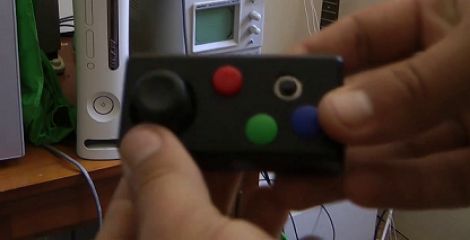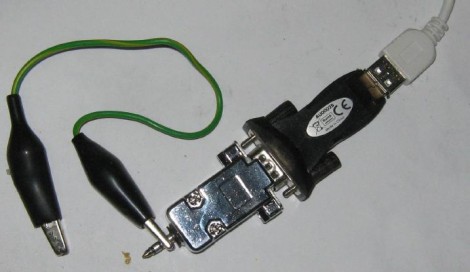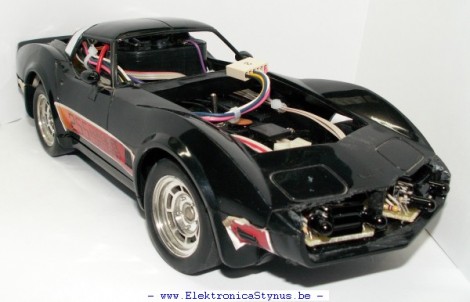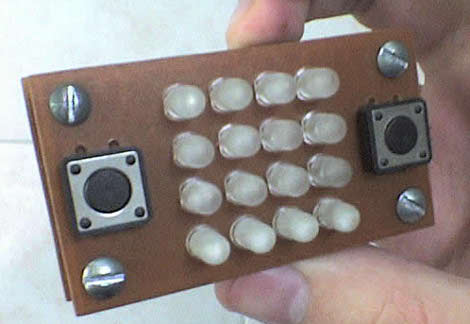
The best part of these contests is that we get people to actually show off what they’ve been working on! Check out the POV clock which was sent in by [Taciuc]. He doesn’t have a webpage for it, but he did send a video which you can see after the break.
The project is a home-etched PCB with a long row or surface mount LEDs. The board is spun by a stepper motor which takes a little while to stabilize. But once it does it’s a twirling package of awesomeness. A PIC 16F628 drives the device, with a separate RTC chip to keep time. There’s also an IR receiver to facilitate user control. Our URL is displayed on the clock face itself and we think it’s always shown. But there is an easter egg in the code itself. If you try to dump the firmware from the chip you’ll see our web address in the hex output. Here’s his project archive if you want to the HEX, ASM and DipTrace schematic.
This is an entry in the Fubarino Contest for a chance at one of the 20 Fubarino SD boards which Microchip has put up as prizes!
Continue reading “Fubarino Contest: Persistence Of Vision Clock”

















